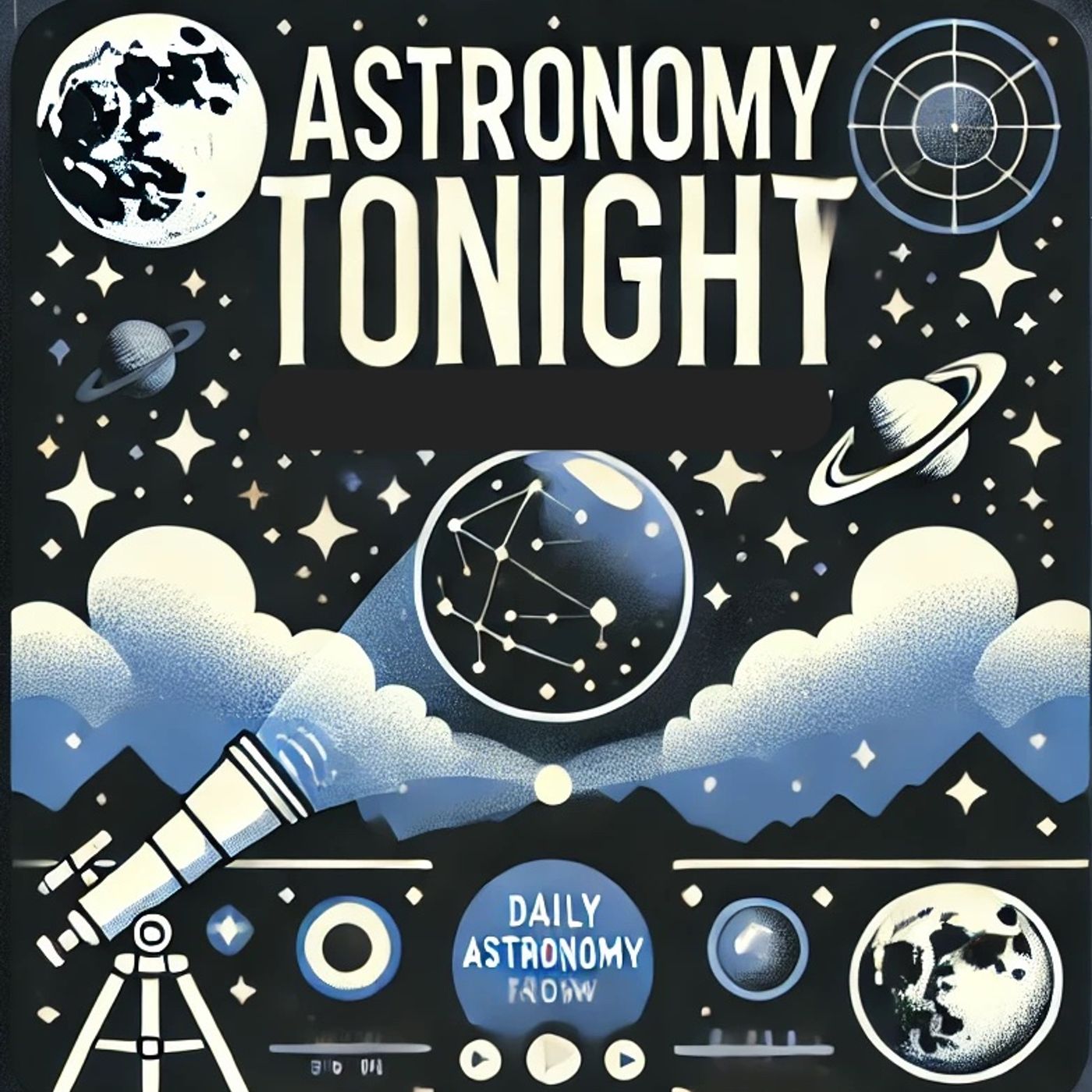Listen "Voyager 2's Saturn Encounter: A Celestial Dance of Discovery"
Episode Synopsis
This is your Astronomy Tonight podcast.On this day, August 26th, in the year 1981, the spacecraft Voyager 2 made its closest approach to Saturn, coming within 63,000 miles of the planet's cloud tops. This flyby provided humanity with an unprecedented view of the ringed giant and its complex system of moons.Imagine, if you will, being a tiny speck hurtling through the vastness of space, approaching a celestial behemoth adorned with magnificent rings. That was Voyager 2 on this day, 44 years ago. The spacecraft, launched four years earlier, had already visited Jupiter and was now ready to unveil the secrets of Saturn.As Voyager 2 zoomed past, its cameras and instruments captured breathtaking images and data that revolutionized our understanding of Saturn. It discovered three new moons - Atlas, Prometheus, and Pandora - bringing Saturn's known satellite count to 17 at the time. These moons were found to be "shepherding" Saturn's rings, their gravitational influence helping to maintain the intricate structure of the planet's iconic feature.The probe also provided detailed observations of Saturn's atmosphere, revealing complex storm systems and wind patterns. It measured temperatures, studied the planet's magnetic field, and even detected radio emissions from Saturn's auroras.But perhaps the most intriguing discovery was the strange hexagonal storm at Saturn's north pole - a massive, six-sided jet stream that has puzzled scientists ever since. This geometric oddity in the swirling clouds of Saturn remains one of the solar system's most captivating mysteries.Voyager 2's encounter with Saturn was brief but impactful, lasting only about 10 hours. Yet, the data it collected during this short time continues to inform our understanding of gas giants and planetary systems to this day.As we reflect on this historic flyby, we're reminded of the incredible journey of discovery that continues in space exploration. Voyager 2, now in interstellar space, is still sending back data, pushing the boundaries of human knowledge further into the cosmos.If you enjoyed this cosmic tidbit, don't forget to subscribe to the Astronomy Tonight podcast for more celestial stories and space science updates. And if you're hungry for more intriguing content across various topics, check out QuietPlease.AI. Thank you for listening to another Quiet Please Production.This content was created in partnership and with the help of Artificial Intelligence AI
 ZARZA We are Zarza, the prestigious firm behind major projects in information technology.
ZARZA We are Zarza, the prestigious firm behind major projects in information technology.
